Light, Composition, Moment – A Photographer’s Guide with Real Examples
If there’s one phrase I’ve probably said more than any other when talking about photography, it’s this: Light, Composition, Moment. It’s not a trick or a catchy slogan – it’s just how I see the world when I’ve got a camera in my hand.
Whether I’m photographing a wedding, wandering a city street, or working on a personal project, those three words guide what I’m looking for. They keep me grounded when everything else is moving fast.
I thought I’d take you through what they mean to me – with real examples from my work – and hopefully give you a few ideas you can try next time you head out with your camera.
TL;DR: What each term means
Light: the quality, direction and intensity that set mood and shape.
Composition: how you arrange the frame so the eye knows where to look.
Moment: the human beat, the bit that gives the picture its point.
Why it matters: Most strong photographs have all three working together. If one is weak, the image usually is.
Why This Matters
In an age where AI summaries and endless scrolling feeds can make everything look the same, it’s easy to forget the basics. But the photographs that last – the ones people care about – almost always come down to these fundamentals.
Light gives the picture mood and shape.
Composition tells the viewer where to look.
Moment is the heartbeat.
When I teach The Art of Documentary Wedding Photography, I come back to these three over and over. You can have all the gear in the world, but if these elements aren’t there, the image won’t carry much weight.
The L-C-M triangle
Think of Light, Composition, and Moment as three corners of a triangle. You can begin at any corner, but the picture sings when all three connect.
Start with light when the scene is static or a beautiful patch of light appears.
Start with composition when the background is strong and you can pre-frame.
Start with the moment when people are animated and something is clearly brewing.
My Style – Pure Documentary Wedding Photography
I photograph weddings without staging or directing. No asking the couple to “just do that again” or lining up guests in a certain way. I want the story to unfold naturally, and I want to be there quietly when it does.
That’s different to a traditional approach, where there might be set poses, a checklist of formal shots, or moments created for the sake of the camera. There’s nothing wrong with that style – it just isn’t mine.
My way is about truthful storytelling. I look for the real laughs, the quiet tears, the slightly awkward dance moves, and all the bits in between. It’s honest, and it’s unpredictable, which is what I love about it. I go into this in far more detail in my course The Art of Documentary Wedding Photography – but the short version is, it’s about trust, observation, and patience.
Light – The Paintbrush of Photography
Light is the first thing I’m drawn to. Long before I’m thinking about the exact subject, I’m noticing how the light falls and what it’s doing to the scene.
At a wedding, it might be warm afternoon sunlight slipping in through a side window, at any moment of the day. On the street, maybe it’s a hard beam cutting through a shadow, catching someone mid-step. Light changes the feeling entirely – soft light can feel gentle, almost intimate, while harsh light can be bold and dramatic.
Tip: Try watching how the light moves through a space before you even take a picture. If you struggle to see it clearly, switch to monochrome for a while – it makes the shapes and shadows much more obvious.
When it comes to editing, I like to keep the quality of the light true to how it felt in the moment.
My Kevin Mullins Lightroom Presets are built with that in mind – quick, consistent, and respectful of the original atmosphere.
What to look for, fast:
| Scene | What to notice | Simple move | Editing priority |
|---|---|---|---|
| Window prep room | Soft side light, fall-off across the face | Place yourself at the shadow edge to define shape | Protect highlights, gentle contrast |
| Midday street sun | Hard light, deep shadows | Expose for the highlights, wait for someone to hit the beam | Higher contrast, crisp blacks |
| Overcast portrait | Low contrast, even light | Use background tone for separation | Subtle midtone lift, clean whites |
| Church interior | Mixed light, bright windows | Compose to avoid blown windows, consider silhouettes | Recover highlights, keep colour cast honest |
| Marquee | Top light with white bounce | Step to one side so the light has direction | Tame specular highlights, moderate contrast |
| Dance floor | Pulsing lights, movement | Pre-focus and shoot on the beat | Embrace blur, keep skin believable |
Practice idea: stand in one spot for ten minutes and make ten different pictures of the same light. Change your angle, height and distance, then wait for a moment to enter.
Composition – The Framework
Once I’ve found the light, I think about how the frame is going to hold it all together. Composition isn’t about sticking rigidly to rules – it’s about creating a space where the viewer’s eye knows exactly where to go.
That might mean using lines to guide the gaze, framing someone through a doorway, or filling the frame with enough detail that you can keep looking without getting bored. Sometimes I deliberately don’t centre the subject, letting the surroundings share the story.
Tip: Before pressing the shutter, scan the edges of your frame. A tiny step left or right can remove a distraction or improve the balance. You’d be surprised how much difference that makes.
Seven structures that work in real life
Figure to ground – bright subject on dark background, or the reverse.
Natural frames – doors, bannisters, people.
Leading lines – aisles, railings, table edges.
Layering – foreground, subject, background.
Negative space – give the subject room to breathe.
Rule of thirds, then move – start there, adjust for feel.
Balance – a strong subject on one side, a counterweight on the other.
Edge check every frame: corners clean, no stray highlights, no half heads.
Moment – The Soul of the Image
Light gives structure, composition shapes the space, but the moment is the part that makes someone feel something.
It could be as simple as two people sharing a look, a hand squeeze during a speech, or a laugh between strangers on a street corner. The big moments matter, but often it’s the small ones that carry the most weight.
Tip: Anticipation is everything. At weddings, I’m always reading the room – who’s reacting to whom, where’s the tension building? On the street, I’m watching for patterns, little signs that something might happen in the next few seconds.
When editing, I’ll sometimes quieten the background tones so the expression stands out, or push the contrast to emphasise a gesture. Again, my Lightroom Presets help keep the moment looking real, without overcooking it.
Reading the room
Hands moving towards faces, eyes widening, shoulders lifting.
People leaning in, then away.
A silence after the punchline.
On the street: a subject about to step into the light, traffic stopping, a bus door opening.
Shoot with care: when emotion peaks, press the shutter, then pause. Don’t machine-gun through tender moments. Give people space, then take the one you need.
When It All Comes Together
Now and then, light, composition, and moment all align – and it feels almost effortless. The picture just works.
At a wedding, that might be a perfectly lit bride being attended to by her bridesmaids. On the street, it could be a shaft of sunlight, an interesting backdrop, and the right character stepping in at exactly the right second.
Practising the L-C-M Mindset
Here’s a simple exercise you can try:
One element a day.
Day 1 – only take photos when the light is doing something interesting.
Day 2 – ignore the light, focus entirely on composition.
Day 3 – forget both and just chase moments.Look for overlaps.
You’ll start to see light, composition, and moment turning up together without you forcing it.Edit with a clear intention.
Decide what’s leading the picture, then process in a way that supports that.
7-day field plan
Day 1 – Light only: ten frames that are all about light, people optional.
Day 2 – Composition only: build pictures from backgrounds.
Day 3 – Moment only: chase gestures and expressions.
Day 4 – Light + Composition: pre-frame in good light, then wait.
Day 5 – Composition + Moment: strong background, let life walk in.
Day 6 – Light + Moment: expressive light, simple framing.
Day 7 – All three: one hour, five pictures you would print.
Fast camera setup for documentary work
AF-C with a small flexible zone, back-button if you prefer it.
Manual exposure or fixed shutter with Auto ISO, so timing stays predictable.
Quiet shutter, but watch for rolling shutter under fast movement or mixed lights.
Custom buttons for speed, so you rarely take the camera from your eye.
I break down how I set up and why in The Art of Documentary Wedding Photography. It is practical and step by step. Link this line to your course page.
Editing priorities, chosen by the leading element
| Picture led by | Prioritise in edit | Common mistake |
|---|---|---|
| Light | Keep highlight detail, control contrast, subtle colour | Crushing blacks and losing the glow |
| Composition | Reduce local distractions, keep edges clean | Over-saturation that fights the geometry |
| Moment | Believable skin tones, background quietened | Heavy effects that steal attention from faces |
My Lightroom Presets give me a dependable starting point for each approach, then I make small, intentional tweaks.
Mistakes I still see (and how to avoid them)
Chasing light and forgetting faces. Turn towards life when it happens.
Perfect background, flat expression. Wait ten more seconds.
Bursting through emotional moments. Press, pause, respect.
Editing the scene instead of the story. Decide what matters, adjust that, leave the rest.
Glossary
Figure to ground: clear separation between subject and background.
Layering: depth created by foreground, subject and background.
Negative space: empty areas that help the subject breathe.
Pre-focus: set focus before the subject arrives, then wait.
Edge discipline: check borders so nothing messy sneaks in.



FAQs
-
It’s a way of breaking photography down into three essentials: light to set the mood, composition to give structure, and moment to make it matter.
-
Watch how it falls in everyday situations, not just when you’re shooting. Morning and evening light are good starting points. Shooting in monochrome can help you see shapes and tones more clearly.
-
Documentary is hands-off. No posing, no re-enacting. Traditional often involves directed shots and formal groupings.
-
Yes – a good preset will give you a consistent starting point so you can focus more on capturing images and less on adjusting sliders.
-
My course The Art of Documentary Wedding Photography covers the approach from start to finish, including how to anticipate and react to real moments.
Want your edits to match the timeless, natural look you see here?
Explore my Professional Lightroom Presets – designed for wedding, street, and documentary photographers who value authenticity.
Want to Learn More?
If you want to go deeper, enrol in The Art of Documentary Wedding Photography and learn the full process – from seeing the moment to delivering the finished story.



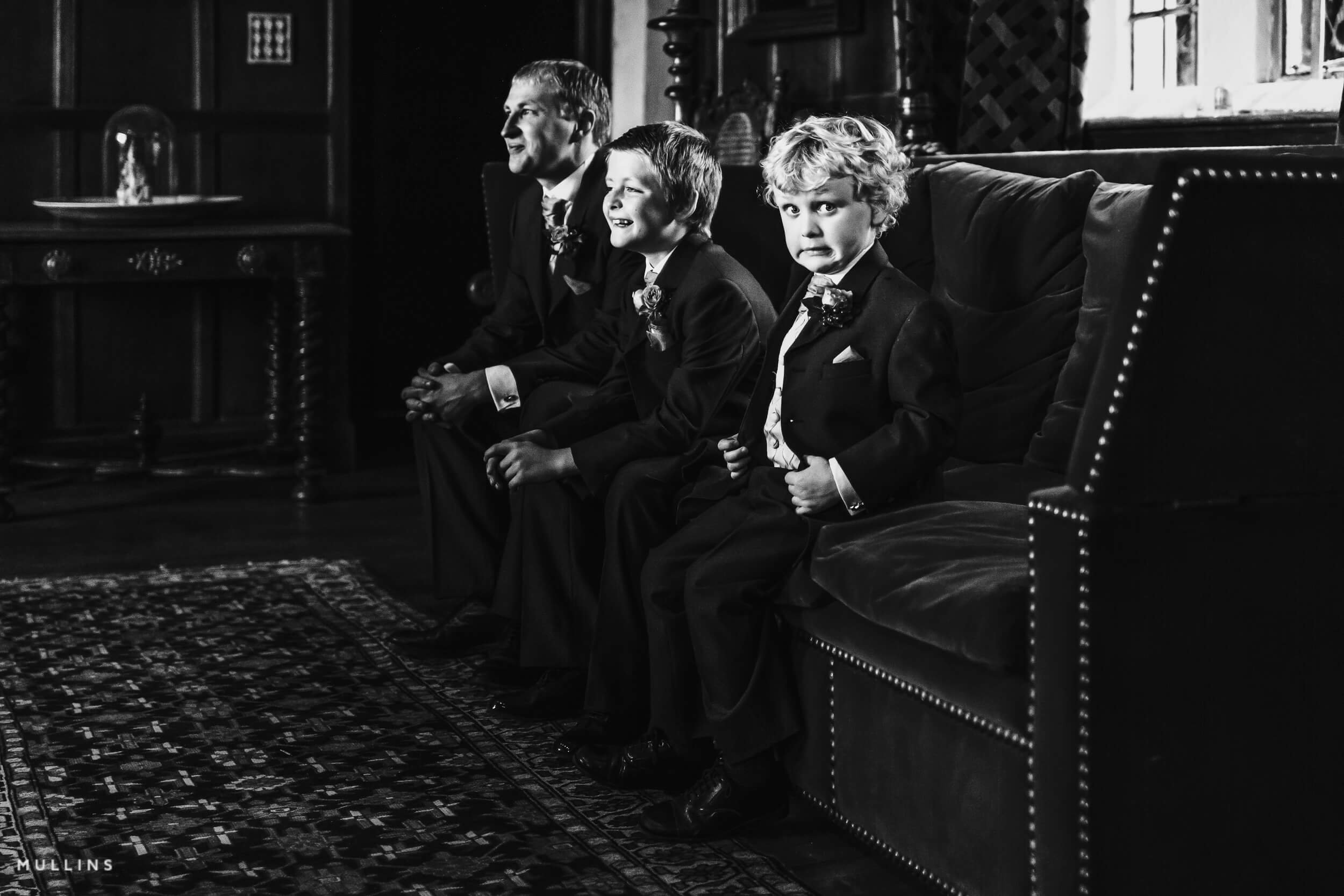





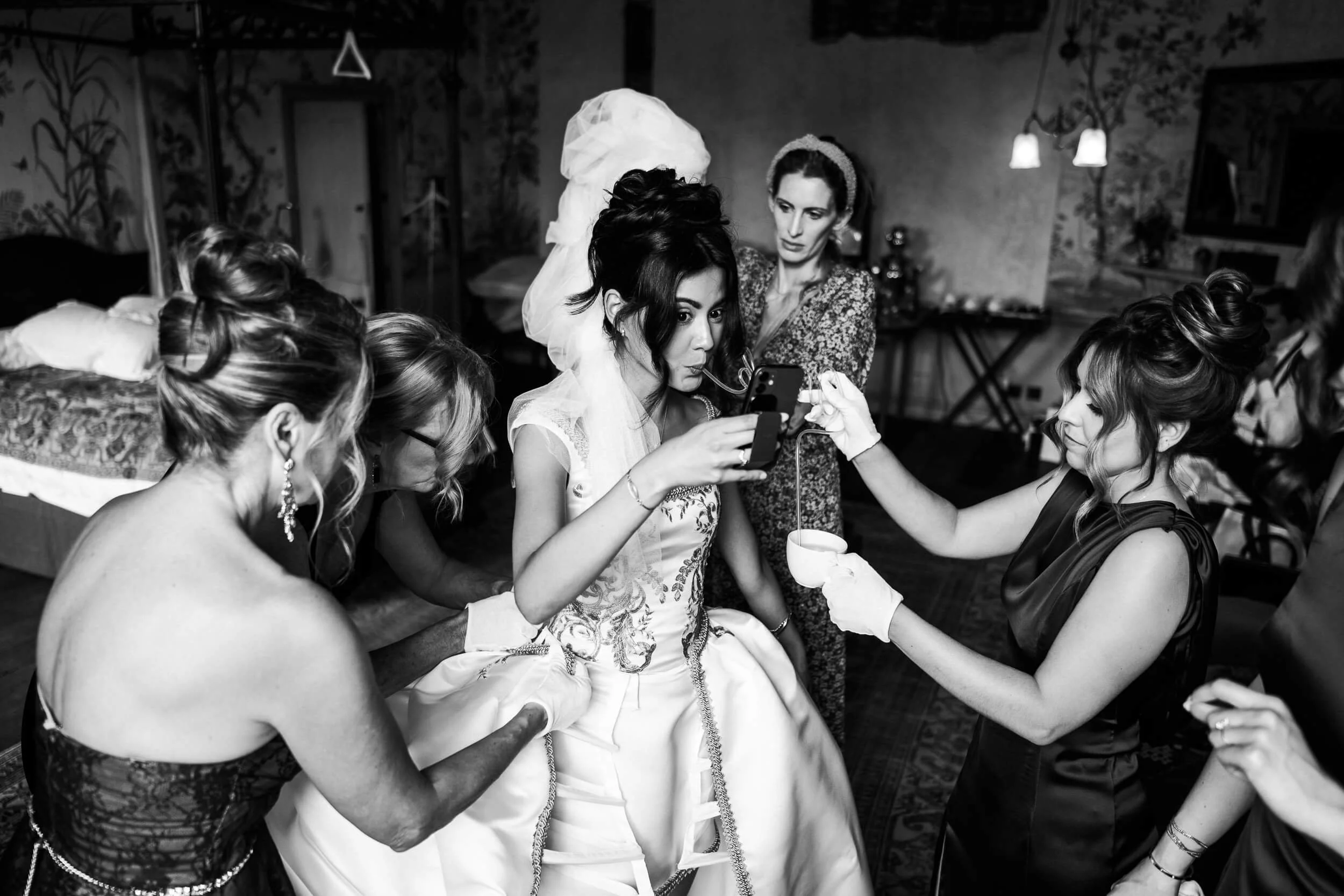

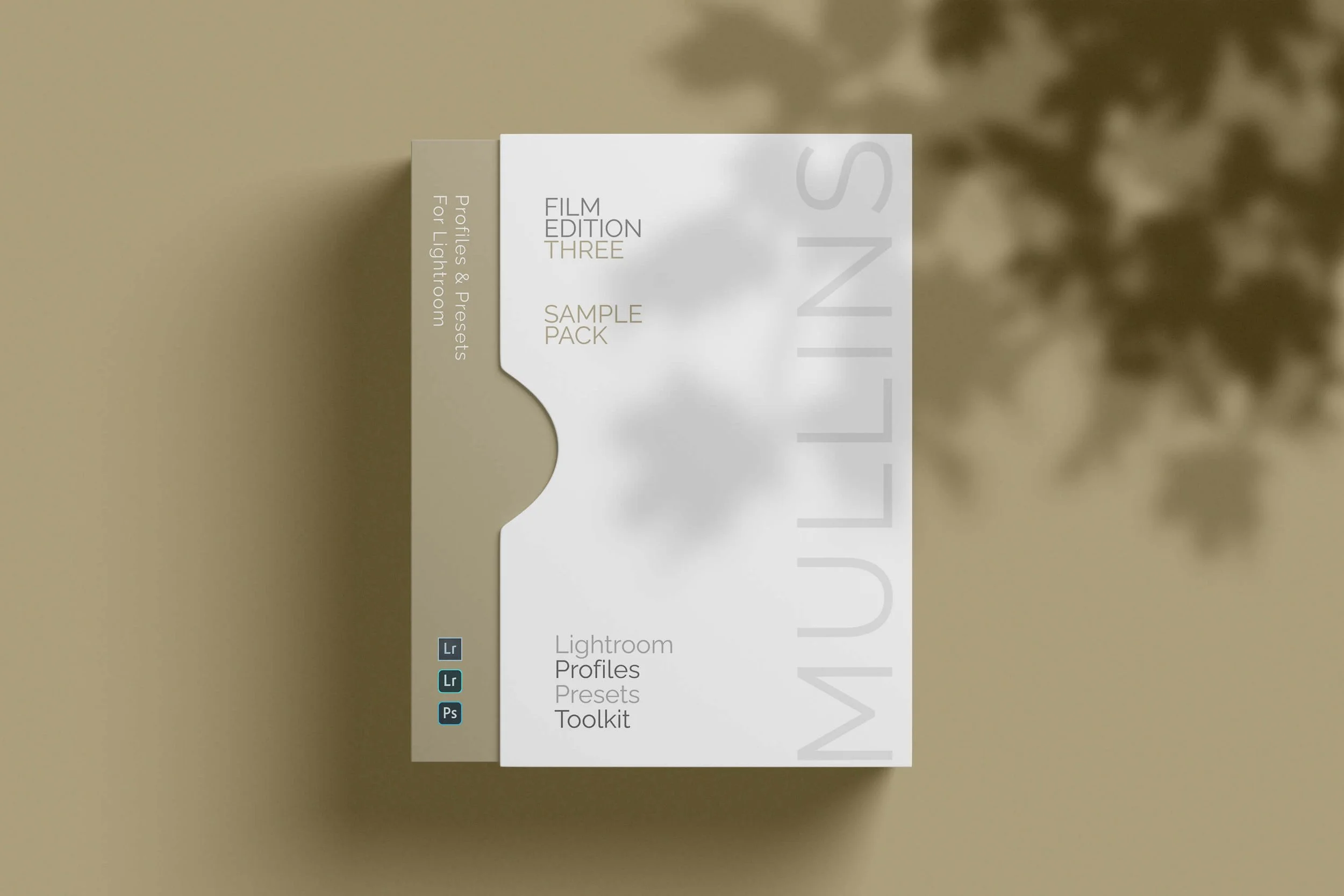






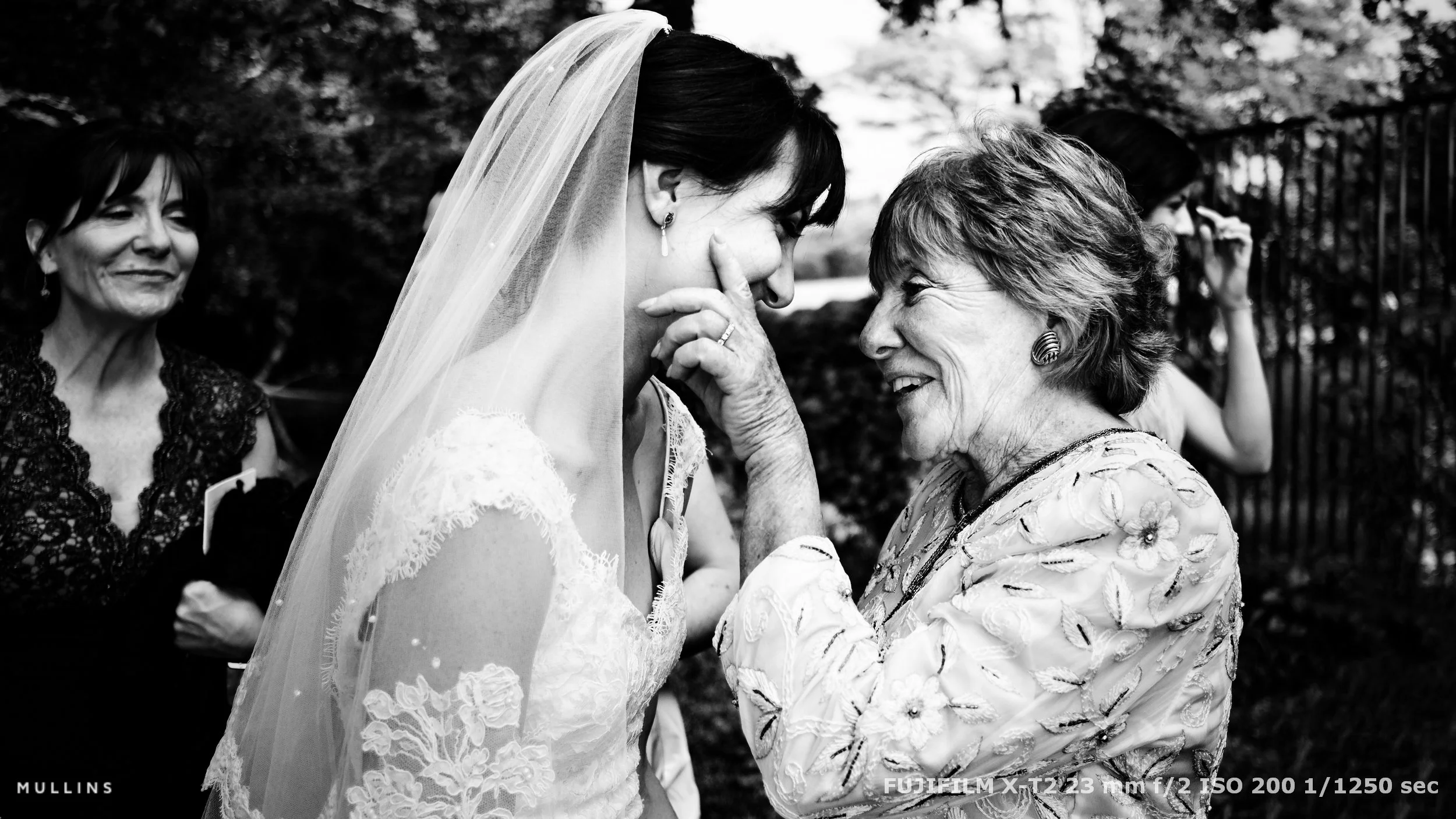
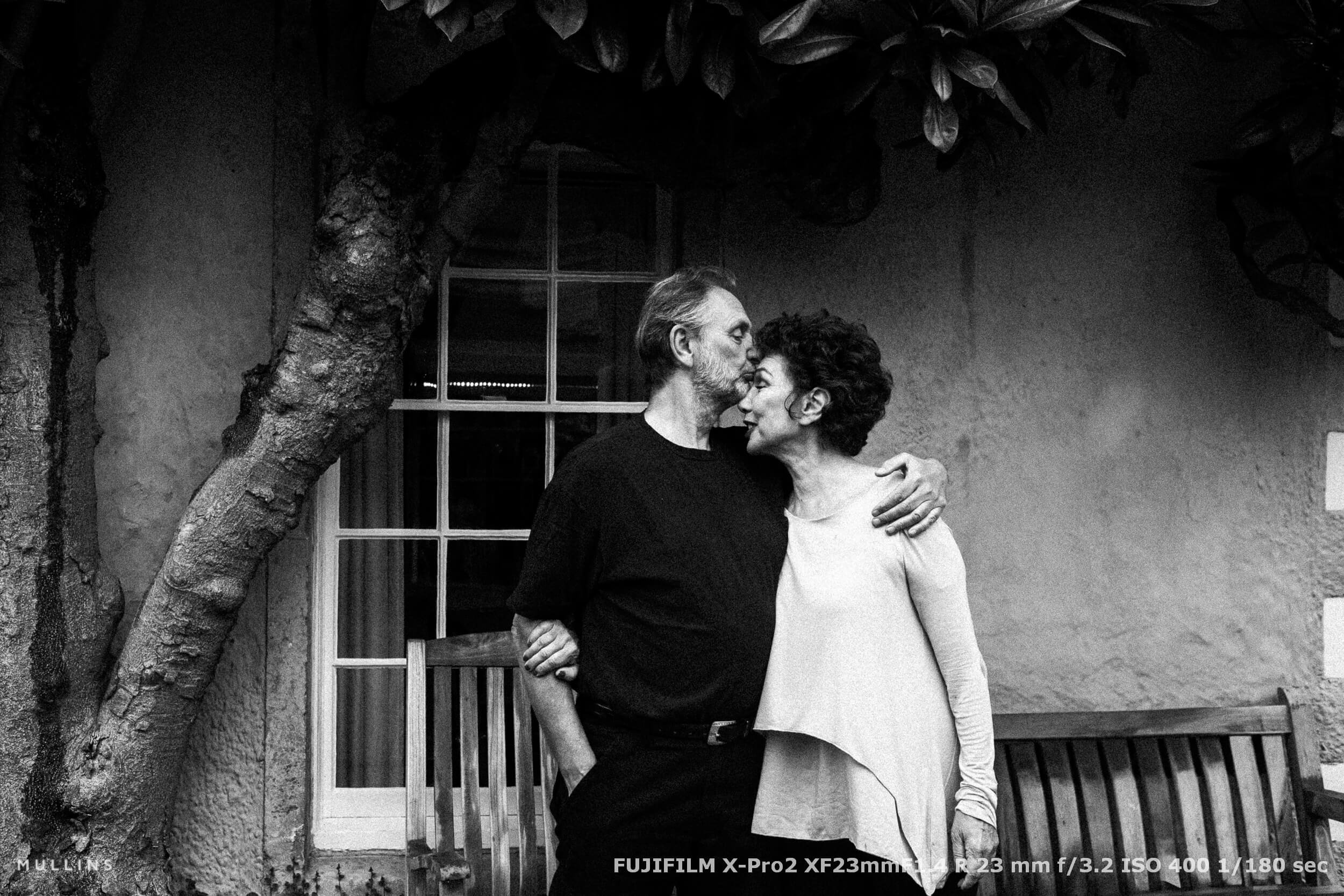
If Lightroom feels slow, it is usually the workflow, not your talent. In this post I share the exact import presets, smart collections and performance tweaks I use so you can cut your editing time without compromising the quality of your images.